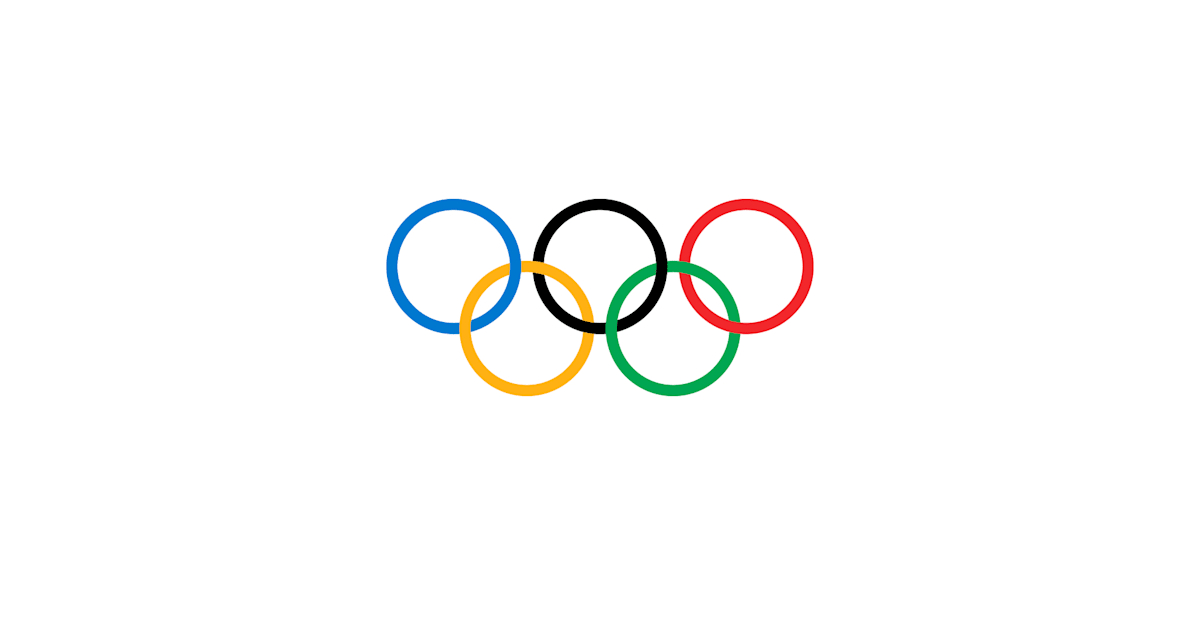The Olympic Games, a celebration of human athleticism and international unity, capture the world’s attention every four years. For many countries, this global sporting event serves as a platform to showcase their prowess and claim glory. The United States and China consistently emerge as Olympic powerhouses, clinching a multitude of medals in various disciplines. However, India’s performance has not quite matched the lofty standards set by these giants. In this article, we look into the reasons behind India’s relatively modest performance in the Olympics, examining various aspects from infrastructure and funding to cultural and societal factors.
1. Infrastructure and Facilities

One crucial factor contributing to India’s performance in the Olympics is the state of its sporting infrastructure. While countries like the USA and China have invested heavily in top-notch facilities, India has often lagged behind. Athletes require world-class training centers, stadiums, and equipment to compete at the highest level. Unfortunately, the lack of modern facilities can hinder an athlete’s development and competitiveness.
2. Funding and Investment

The funding allocated to sports in a country plays a pivotal role in shaping its Olympic performance. Both the USA and China have robust financial backing for their athletes and sports programs. Government funding, corporate sponsorship, and private investment pour into sports, ensuring athletes have access to the best coaches, equipment, and international exposure. In contrast, India has often struggled to secure consistent and adequate funding for its sports programs, which impacts training and development.
3. Grassroots Development

Developing Olympic-level athletes requires nurturing talent from a young age. Countries like China and the USA have robust grassroots development programs that identify and groom promising athletes from childhood. These programs instill discipline, dedication, and top-notch coaching, providing a strong foundation for future champions. In India, the focus on grassroots development has been inconsistent, leading to missed opportunities and untapped potential.
4. Sports Culture and Tradition

Culture and tradition have a significant influence on a country’s sports performance. In the USA, sports are deeply ingrained in the culture, with a rich history of athletic achievement. China, too, has a strong sporting tradition, with a systematic approach to identifying and nurturing talent. In contrast, India’s emphasis has traditionally been on academics and careers, with limited societal recognition and support for sports as a viable profession.
5. Psychological and Mental Training

Mental strength is a crucial component of success in any sport. Athletes need to stay focused, resilient, and confident under immense pressure. The USA and China invest in sports psychology and mental training programs, ensuring their athletes are mentally prepared for the global stage. In India, mental training has not received the same level of attention, leaving athletes at a disadvantage when it comes to handling the mental aspects of competition.
6. Competition and Exposure

Competing at the highest level requires exposure to top-tier competition. Both the USA and China have extensive domestic and international competitions, allowing their athletes to gain valuable experience. Indian athletes often struggle to find consistent high-level competition within the country, which can hinder their development and readiness for the Olympics.
7. Sports Governance and Administration

Efficient sports governance and administration are essential for the success of any sports program. In India, administrative issues, bureaucracy, and lack of transparency have often plagued sports organizations. This inefficiency can lead to mismanagement of resources and hinder the progress of athletes.
8. Limited Sporting Diversity

In the Olympics, success often depends on diversifying participation in various sports. The USA and China excel in multiple disciplines, accumulating medals across the board. India has historically focused on a few sports, such as cricket and field hockey while neglecting other promising avenues. Diversifying participation can increase the chances of winning medals in different events.
India’s Olympic journey has been marked by remarkable individual performances but falls short of the consistent success seen in countries like the USA and China. To bridge this gap and enhance India’s performance, a holistic approach is necessary. This includes investing in infrastructure, increasing funding, nurturing talent from a young age, changing cultural attitudes towards sports, emphasizing mental training, and improving sports governance.
While the road to Olympic success is challenging, India has the potential to compete at the highest level with the right mix of dedication, investment, and systemic reforms. As the world watches the next generation of Indian athletes strive for Olympic glory, the hope remains that India will one day shine brightly on the global sporting stage.



